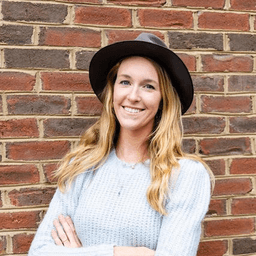The classroom full of eager MBA students was sharply divided. We’d all just read the same case packet, but we’d made drastically different decisions when faced with the simple yes-or-no question: “Would you race?”
We’d been asked to imagine we owned a car racing company. First, we were presented with the likelihood of catastrophic engine failure under various circumstances on race day—the odds were high. Then the author shared information on the prize money and sponsorships that would be thrust upon us if the race were a success. Tempting, indeed, but I was a “nope.”
However, the class was split down the middle, and I now understand our disagreement came down to the concept of optimization. With different worldviews and backgrounds, each of us MBA hopefuls was optimizing for different things. Some of us were looking to minimize risk and others hoping to increase our earning potential (go big or go home?).
Now, it’s certainly easier to make decisions with hypotheticals than with actual dollars or lives on the line, but I think my love for the art of optimization began in that classroom. I loved it so much I ended up taking a role as a manager of cost optimization in corporate healthcare, where every idea or proposal I dream up requires balancing a number of different interests, stakeholders, and considerations. It hurts the entire healthcare system if there’s excess waste, but, of course, every action to control spending must be closely examined and justified from a clinical, privacy, compliance, risk, legal, operational, and strategic perspective. For example, we have to make sure our patients have access to enough personal protective equipment to make their dialysis treatments safe without overspending (and potentially putting the care of other patients at risk).
What makes all these decisions possible is knowing what I’m optimizing for, like patient safety and clinical outcomes followed by costs.
Optimization probably isn’t literally in your job title, as it is in mine. But the approaches I take to reach decisions in my professional responsibilities can be applied to how we find fulfillment—and happiness—in our careers and lives. The good news is, we’re already optimizing all the time, whether we consciously realize it or not. We’re constantly deciding whether we want to walk or take a cab, order a salad or make mac ‘n cheese, read or watch Netflix. We’re constantly striving to get more of what we want and less of what we don’t want in our lives. And we can be even more intentional about that process.
To use the concept of optimization to be happier at work—and in life—I’ve found a four-step process to be most useful:

